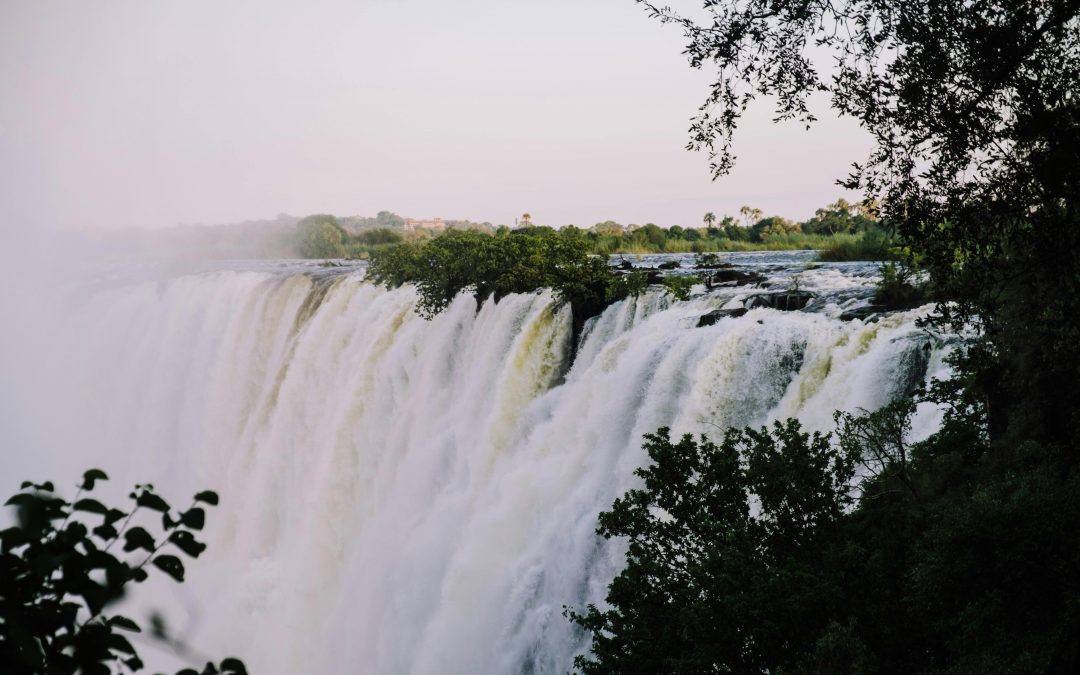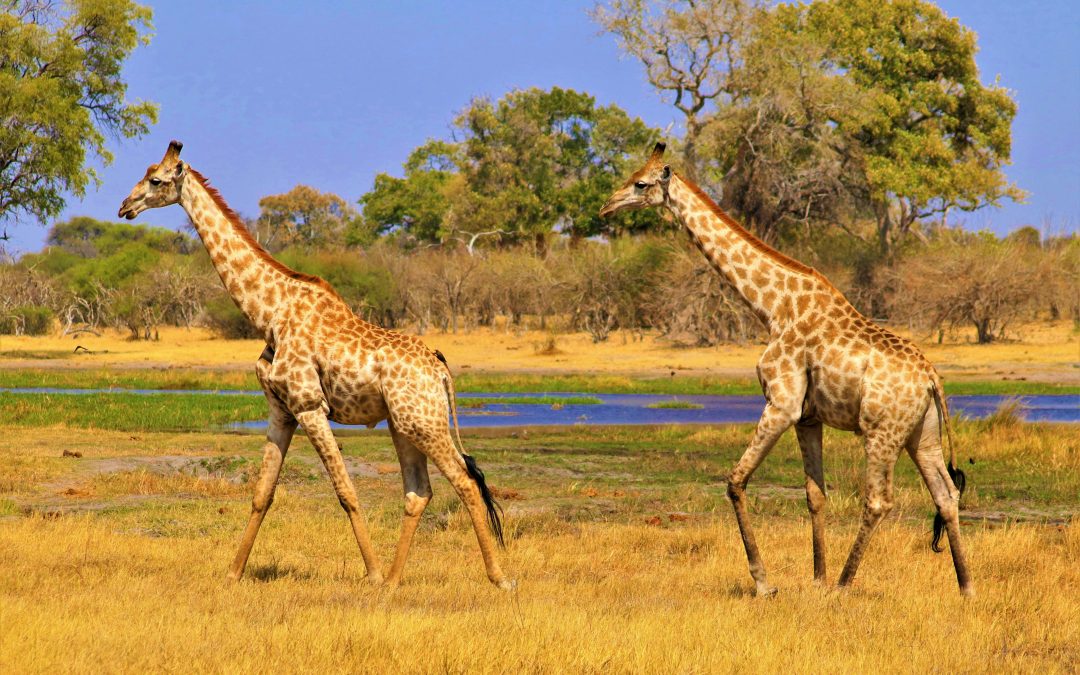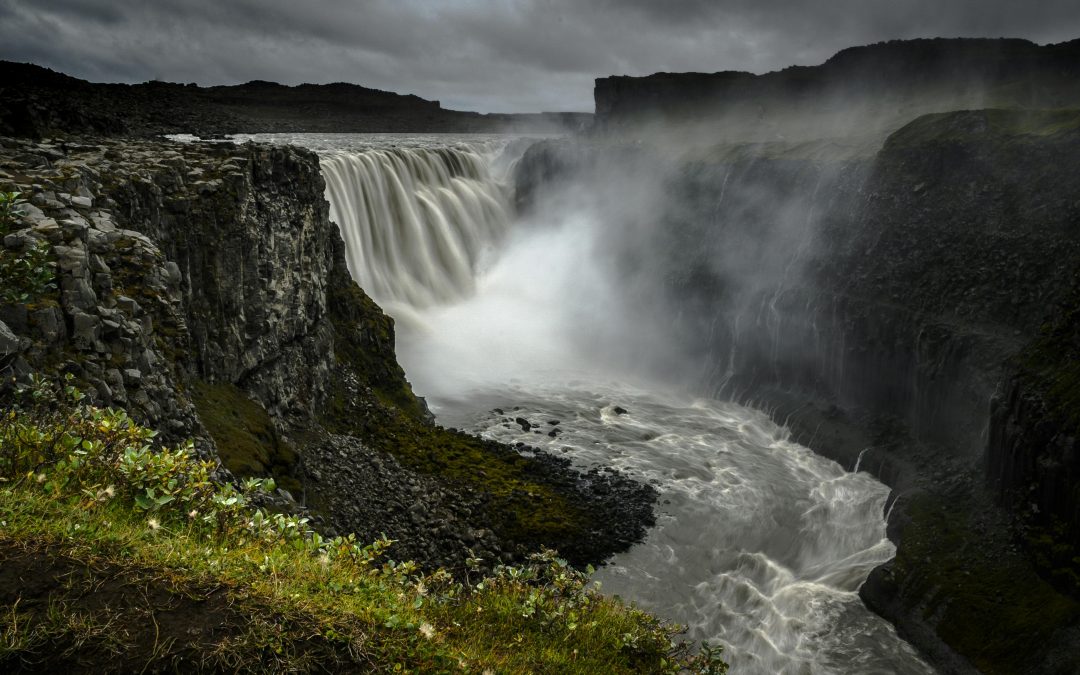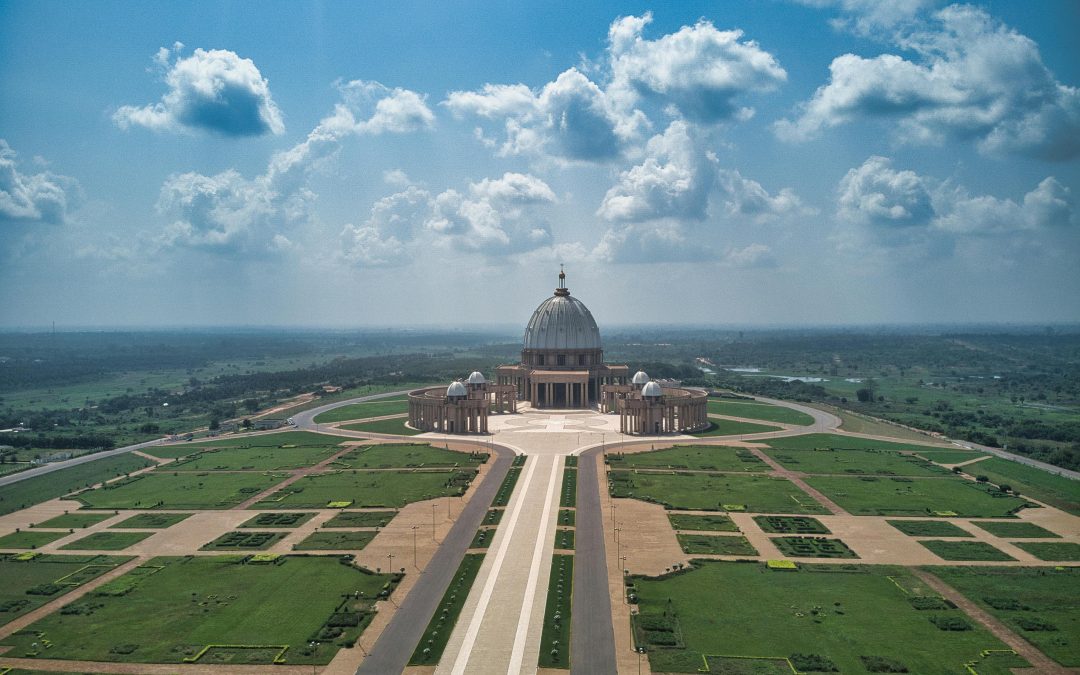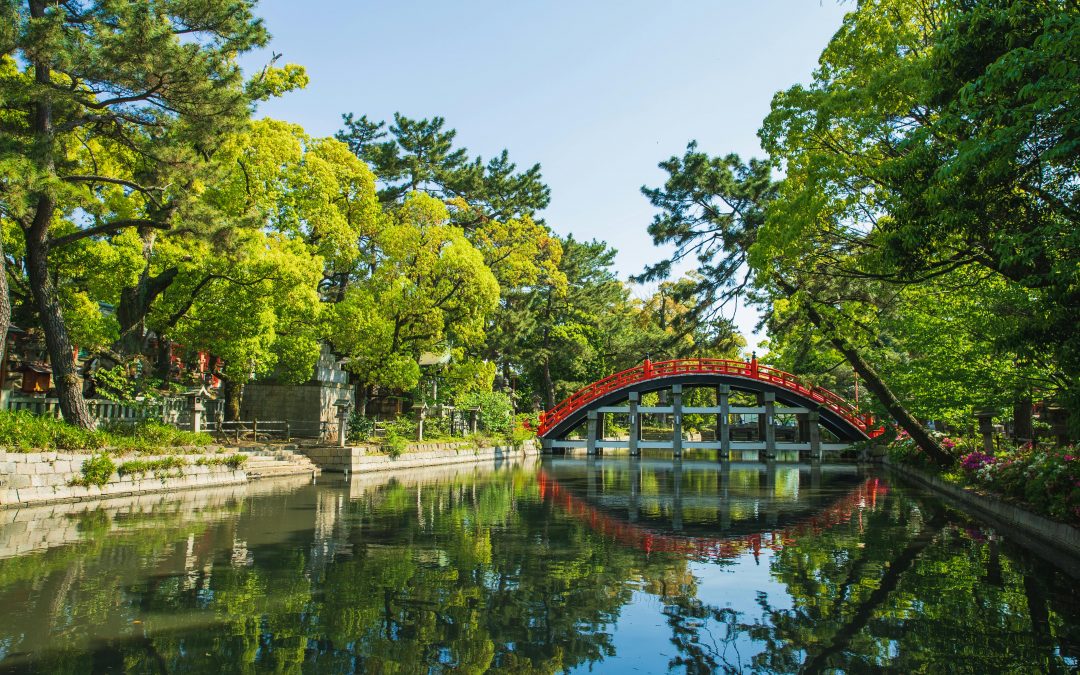Travel is often framed as escape—a break from routine, a journey into the unknown. But for many, travel is not about leaving—it’s about returning. Returning to roots, to stories, to places that shaped us. It’s about reconnection. The British-Kenyan swimmer and writer Rebecca Achieng Ajulu-Bushell shares a deeply personal reflection on Lake Victoria, the largest tropical lake in the world and a place that holds her family’s history, her identity, and her first love—swimming.
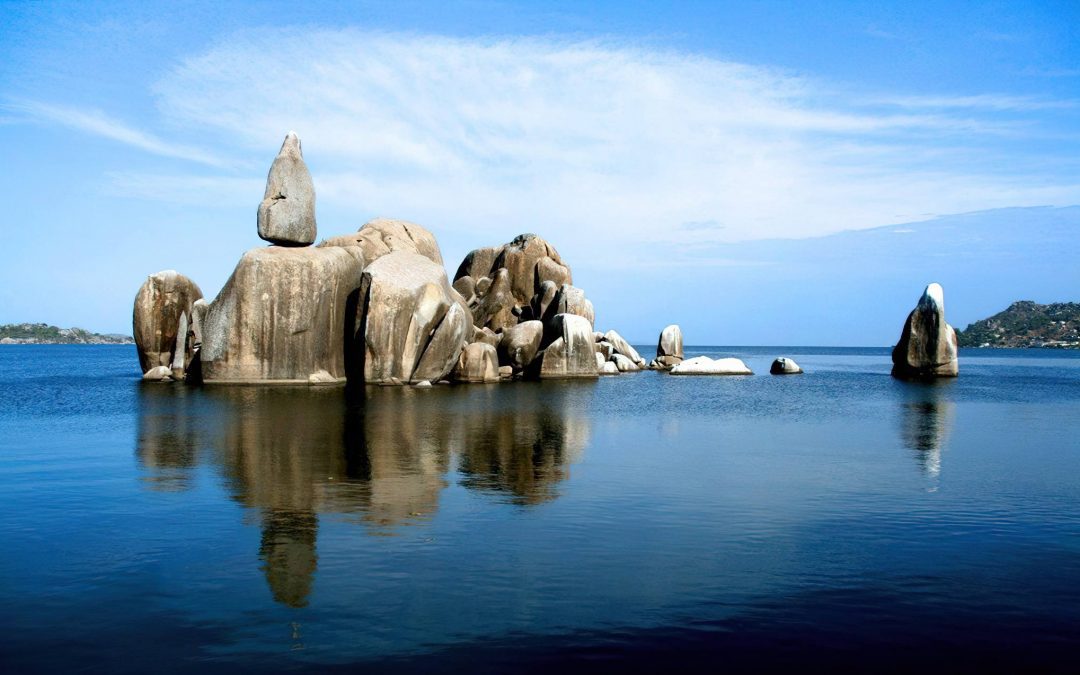
Lago Victoria
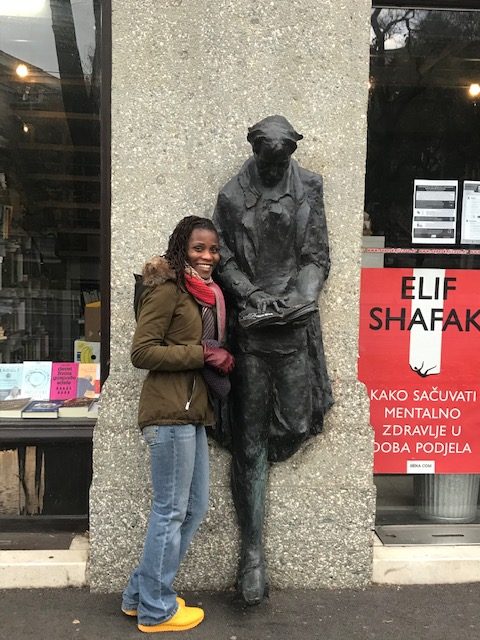
Travel as Cultural Reconnection: Reflections from Lake Victoria
Introduction: When Travel Becomes a Return
Travel is often framed as escape—a break from routine, a journey into the unknown. But for many, travel is not about leaving—it’s about returning. Returning to roots, to stories, to places that shaped us. It’s about reconnection.
The British-Kenyan swimmer and writer Rebecca Achieng Ajulu-Bushell shares a deeply personal reflection on Lago Victoria, the largest tropical lake in the world and a place that holds her family’s history, her identity, and her first love—swimming.
This blog explores how travel can be a form of cultural reconnection, using Lake Victoria as a metaphor and a mirror. Whether you’re tracing ancestral paths or rediscovering forgotten places, this is a journey into memory, meaning, and belonging.
1. The Power of Place: Why Some Destinations Feel Like Home
Not all travel is about novelty. Some places feel familiar, even if we’ve never been there. These are the places that:
- Resonate with our heritage
- Reflect our values
- Stir our emotions
For Rebecca, Lake Victoria is more than a body of water—it’s a symbol of her father, her childhood, and her cultural identity.
“This lake is my father, and it is home.”
2. Lake Victoria: Geography and Spirit
Lake Victoria spans three countries:
- Kenya
- Uganda
- Tanzania
It covers over 68,000 square kilometers and supports millions of lives through fishing, farming, and trade. But beyond its physical scale, Lake Victoria holds spiritual and emotional weight.
Cultural Significance:
- Known as Nam Lolwe in Luo and Ukerewe in Swahili
- Renamed by colonial explorers in the 19th century
- A source of myth, music, and memory
For the Luo people, the lake is central to identity. Rebecca, who is Luo, describes herself as:
“Nyar nam: a daughter of the lake.”
3. Swimming as Reconnection
Rebecca’s relationship with water began in Lake Victoria. Before she could walk, she could swim. The lake became her first teacher, her first stage, and her first sanctuary.
Why It Matters:
- Swimming gave her freedom and confidence
- It connected her to her father, who never learned to swim
- It became a metaphor for navigating life’s depths
From Lake Victoria, she went on to become a world champion swimmer. But the lake remained her emotional anchor.
4. Cultural Reconnection Through Travel
Rebecca’s story is part of a larger movement—travel as a way to reconnect with culture, ancestry, and self.
Examples:
- African Americans visiting Ghana for “Year of Return”
- Indigenous Australians returning to sacred sites
- Diaspora communities exploring ancestral villages
These journeys are not about tourism—they’re about truth.
5. The Emotional Landscape of Reconnection
Traveling to a place of origin can evoke complex emotions:
- Joy: Discovering traditions and stories
- Grief: Confronting loss or displacement
- Healing: Releasing trauma and reclaiming identity
- Belonging: Feeling seen and understood
Rebecca’s visit to Lake Victoria after her father’s death was a moment of profound reflection.
“The sound of the lake was his funeral song.”
6. The Role of Family and Memory
Cultural reconnection often involves family—living or remembered. Rebecca’s father was a Pan-African scholar and activist. Though he didn’t speak of beauty, he saw it in the lake and in his daughter.
“He never talked about beauty—except when he talked about me, and the lake.”
Her uncle’s stories, her grandmother’s house, and the fishing boats all became threads in a tapestry of memory.
7. The Water as Metaphor
Water is a recurring symbol in Rebecca’s story—and in many cultures.
Water Represents:
- Life and birth
- Movement and change
- Depth and mystery
- Cleansing and renewal
Floating in Lake Victoria, Rebecca hears the world beneath her:
“Clicks, small vibrations, and dull thuds from shifting stones and fish.”
It’s a reminder that travel can be both surface and depth.
8. Barriers to Reconnection
Not everyone can easily return to ancestral places. Barriers include:
- Cost and logistics
- Political instability
- Loss of records or land
- Emotional resistance
Rebecca notes that many Black communities fear water due to historical trauma and lack of access.
“When parents say the water is scary, learning to swim is improbable.”
Reconnection requires courage, resources, and support.
9. How to Travel for Reconnection
If you’re considering a journey of cultural reconnection, here are some tips:
A. Do Your Research
- Learn about your ancestry, language, and traditions
- Connect with local historians or elders
B. Travel Slowly
- Spend time in one place
- Engage with community events and rituals
C. Be Respectful
- Honor local customs
- Ask permission before photographing or sharing stories
D. Reflect and Record
- Keep a journal
- Write letters to ancestors or future generations
E. Share the Experience
- Bring family or friends
- Create art, essays, or documentaries
Reconnection is personal—but it can also be communal.
10. Lake Victoria Today: Challenges and Hope
Lake Victoria faces environmental and social challenges:
- Pollution and overfishing
- Climate change
- Economic inequality
But it also holds hope:
- Community-led conservation
- Cultural tourism
- Youth empowerment through sport and education
Rebecca’s story is part of that hope—a reminder that the lake is not just history, but future.
11. Voices from the Lake: Reflections from Locals
Uncle Otieno, Fisherman
“The lake gives and takes. It teaches us to listen.”
Mama Achieng, Grandmother
“The water remembers. It carries our stories.”
Rebecca, Swimmer and Writer
“Now the lake swims in me.”
These voices echo across generations, across waves.
12. What to Pack for a Journey of Reconnection
- Comfortable clothes for walking and swimming
- A journal or sketchbook
- A photo or memento of your ancestors
- An open heart and curious mind
This is not a vacation—it’s a pilgrimage.
13. Where to Stay Near Lake Victoria
If you’re planning a visit, consider:
- Kisumu: Vibrant city with cultural centers and lake access
- Mbita Point: Quiet town with views of Rusinga Island
- Lodges and homestays: Support local families and learn firsthand
Stay close to the water. Let it speak to you.
Conclusion: The Journey Within
Travel as cultural reconnection is not about ticking boxes—it’s about opening doors. To memory, to meaning, to self. Whether you’re swimming in Lake Victoria or walking ancestral paths, the journey is sacred.
Rebecca’s story reminds us that the places we come from never leave us. They live in our bodies, our dreams, our stories. And sometimes, the best way to move forward is to go back.
So if you feel the pull of a place, a name, a story—follow it. The lake is waiting.
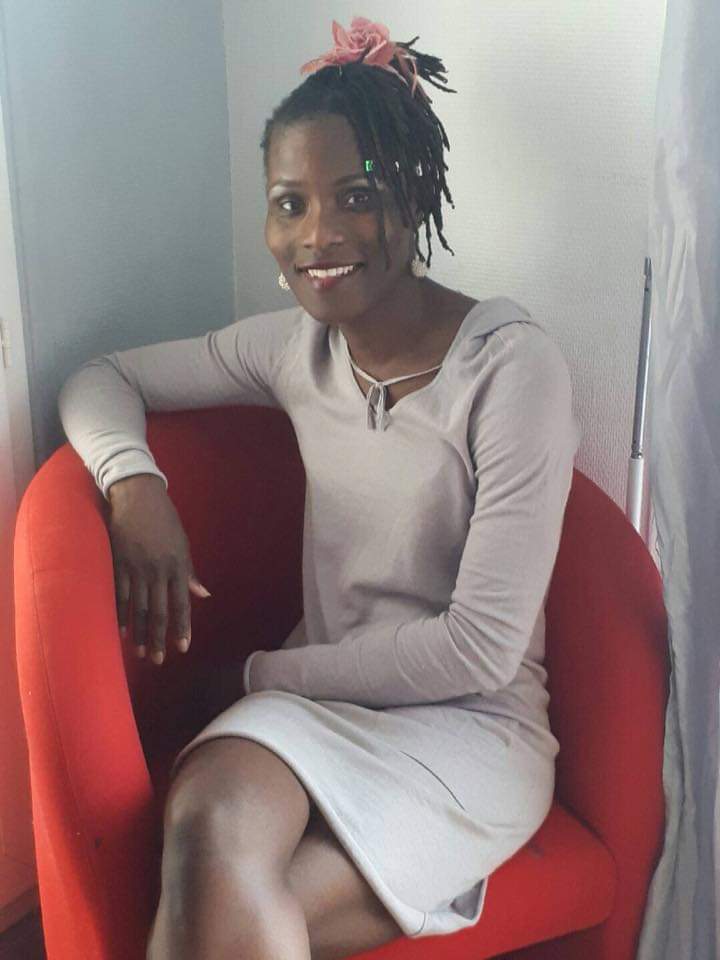
Written by
Más de esta categoría

Lago Victoria

Lago Victoria
Travel is often framed as escape—a break from routine, a journey into the unknown. But for many, travel is not about leaving—it’s about returning. Returning to roots, to stories, to places that shaped us. It’s about reconnection. The British-Kenyan swimmer and writer Rebecca Achieng Ajulu-Bushell shares a deeply personal reflection on Lake Victoria, the largest tropical lake in the world and a place that holds her family’s history, her identity, and her first love—swimming.

Lago Victoria
Travel is often framed as escape—a break from routine, a journey into the unknown. But for many, travel is not about leaving—it’s about returning. Returning to roots, to stories, to places that shaped us. It’s about reconnection. The British-Kenyan swimmer and writer Rebecca Achieng Ajulu-Bushell shares a deeply personal reflection on Lake Victoria, the largest tropical lake in the world and a place that holds her family’s history, her identity, and her first love—swimming.
Comentarios
Nuestro boletín

